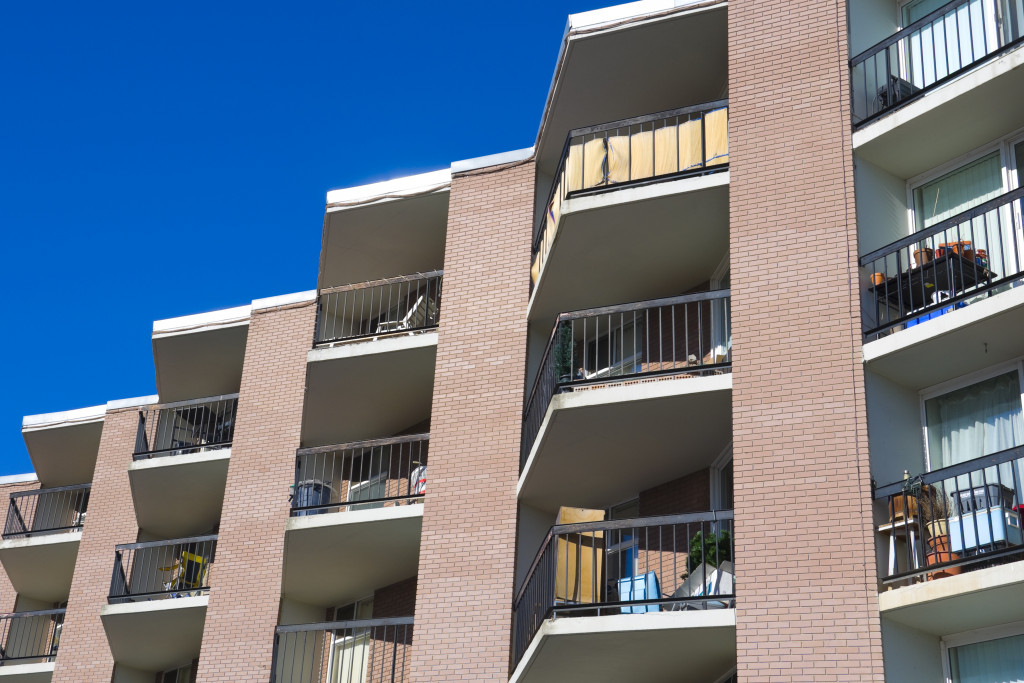In October this year, the National Lead Poisoning Week will yet again help families and homeowners become aware of the danger of lead poisoning at home. This is the time for residential rental property owners and managers to evaluate their property management efforts and see whether their tenants are safe and protected against toxic chemicals.
Prevalence of Toxic Chemicals at Home
According to the Centers for Disease Control and Prevention (CDC), 3.6 families are at risk of lead poisoning in their homes each year. Unfortunately, it’s not that easy to prevent and detect lead. Lead is commonly found in lead-based paint, lead pipes, and even toys.
It is of utmost importance to protect children from exposure to lead, which is poisonous in all forms. It causes irreparable brain damage that can affect children’s ability to pay attention and cause developmental delay, causing low IQ and academic achievement.
In adults, prolonged exposure to lead can cause reduced fertility, kidney disease, heart disease, and high blood exposure.
But it’s not just lead that people are getting exposed to. There are many other toxic chemicals at home. Aside from household cleaning products, there are asbestos, radon, carbon monoxide, hydrocarbon, formaldehyde, and volatile organic compounds (VOCs). These chemicals found in indoor environments can influence occupants’ health, and ultimately, public health.
Residential Rental Property Maintenance
As a residential rental property manager or landlord, you are well aware that state and federal laws require you to provide habitable housing free of environmental health hazards posed by toxic chemicals. When these hazardous chemicals are present in any of your properties, you will be held liable. You should at least alert your tenants and remedy the situation.
Habitable housing conditions should support not only good health but other needs as well. According to the National Center for Healthy Housing (NCHH) and CDC, some principles provide a framework for a healthy residential property.
To ensure that you provide habitable housing for your tenants and that you follow state and federal housing standards, it’s highly advisable to apply these principles.
In general, the NCHH recommendations a healthy home environment should be dry, clean, pest and contaminant-free, well-ventilated, and more. The CDC, however, further elaborated the principles of healthy housing into five categories:
Physiological and Psychological Needs
Habitable housing conditions should provide for tenants’ physiological needs. It is further divided into nine factors.
The first three include protection from the elements and a thermal environment that permits heat loss from the body while preventing heat loss from leaking from a house. These three aim to provide tenants with housing adequately installed with a proper heating and cooling system.
The next three include adequate daylight, sunlight, and artificial lighting. If these three are achieved, it should also prevent tenants from getting sun glare.
Other physiological needs include protection from excessive noise and provision for adequate space where tenants can exercise and children can play.
Habitable housing conditions should provide for tenants’ psychological needs, too. This includes opportunities for normal family and community life but allowing adequate privacy for each individual.
Protection Against Disease
A habitable housing should also provide tenants with protection against diseases. There should be safe and sanitary drinking water. There should be clean toilet facilities, a pollution-free water supply system, and proper wastewater management solutions. Keeping houses free of vermin is also a target of this category.
In general, this category aims to prevent the spread of water-borne diseases caused by fecal matter, water-related vector diseases, and water-scarce diseases.

Protection Against Injury
You should also be able to follow safe housing construction and building codes. The purpose of these standards is to protect, foremost, tenants’ life. It could also protect property, the environment, property owners, and the public in general.
Protection Against Fire
CDC further explained that house fires are commonly caused by unattended cooking, careless smoking, and ill-maintained heating systems. These reasons prompted regulations that should protect people against fire in homes. Indoor conditions should be controlled to prevent a fire from starting and spreading.
Protection Against Toxic Gases
The number of people getting hospitalized due to inhalation of toxic gases increased ever since homes used fossil fuels for heating, cooling, and cooking. Healthy housing should have adequate ventilation and proper facilities and sources for heating, cooling, and cooking.
Attract More Quality Tenants
Housing, therefore, is related to tenants’ health, and they’re aware of it. You may find it hard to attract and keep quality tenants if your properties do not follow these healthy housing principles.
Plus, you’ll find it more cost-effective to properly maintain your properties instead of waiting for building and environmental issues to occur. You may face emergency maintenance issues that are often labor-intensive and costly.
Avoid all of these property maintenance problems by considering these healthy housing principles suggested by the CDC and NCHH.

